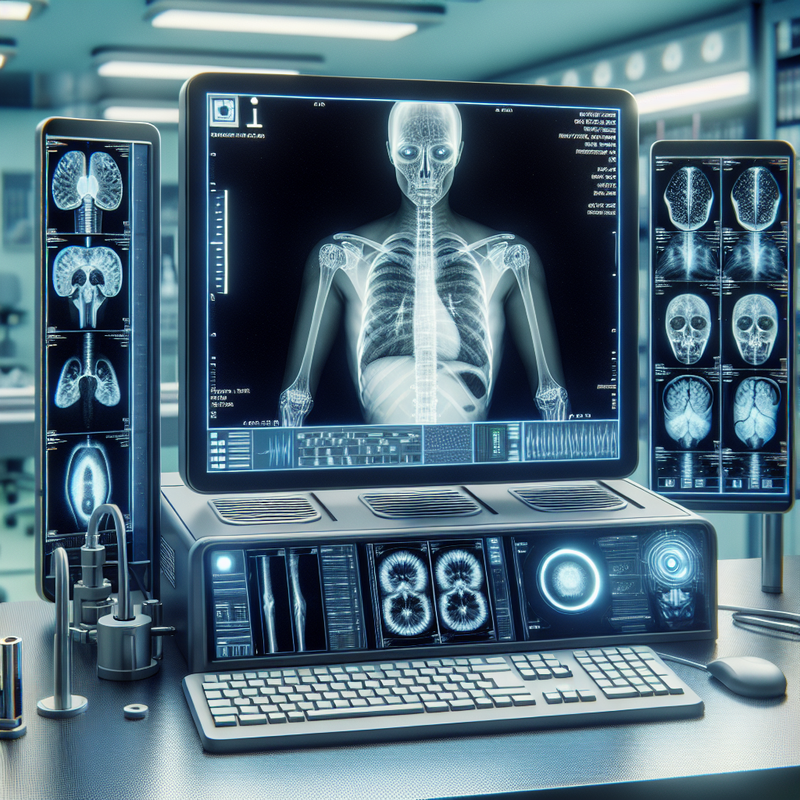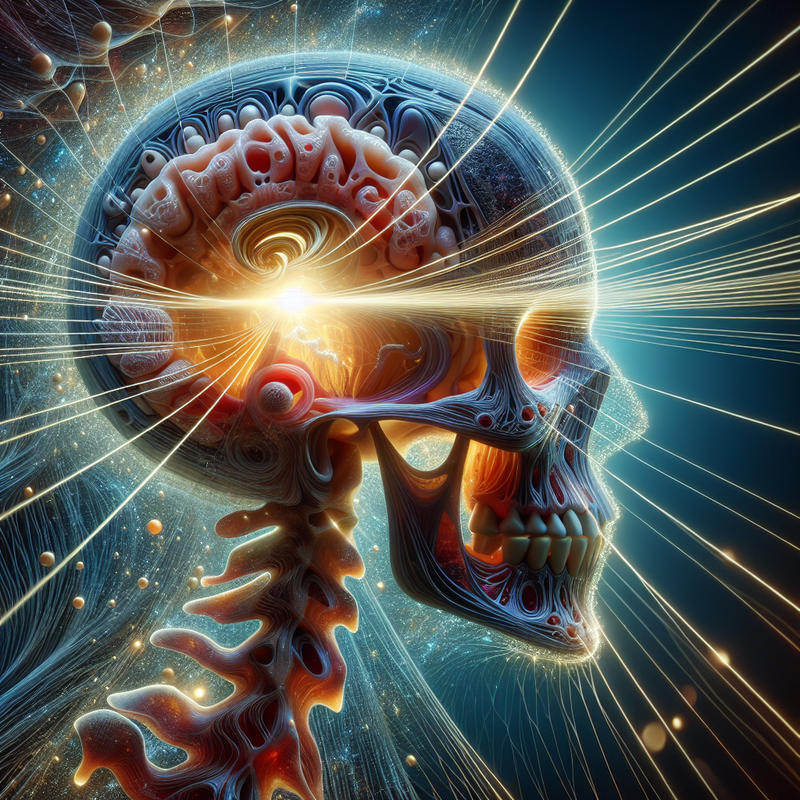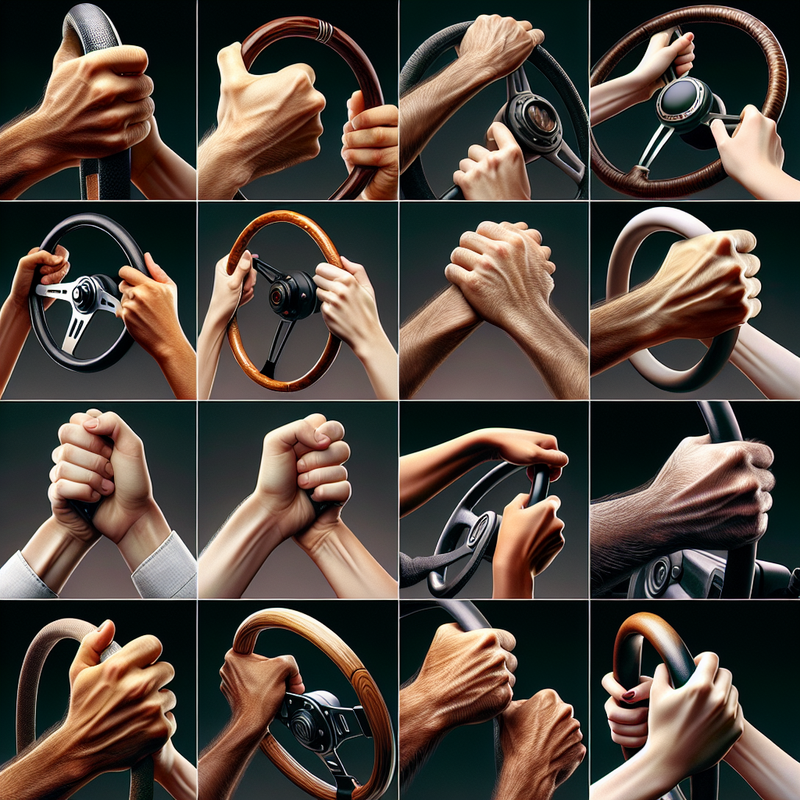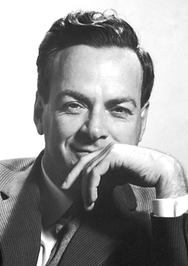Amidst the swift advancement of artificial intelligence (AI) technology, the healthcare sector, and particularly the field of radiology, faces a pivotal junction where it must assess whether AI will serve as a job usurper or a tool for enhancement.
In the nation’s capital, experts are debating the ramifications of AI integration on the future of radiological professionals.
Dr. Ronald Summers, both a practicing radiologist and AI researcher at the National Institutes of Health, voices strong support for the integration of AI in radiology. “Some AI applications are so advanced that I believe their implementation is long overdue,” Summers expressed. “To ignore the available data is a waste of resources.”
The Ongoing Debate of AI Adoption in Healthcare
Even though radiologists have been utilizing computer-assisted tools since the ’90s, the AI of today possesses the capability to autonomously assess scans and even compile preliminary reports, thanks to training on extensive datasets containing millions of x-rays. The Food and Drug Administration (FDA) has given the green light to over 700 AI algorithms intended to support physicians, with radiology being the focus for more than three-quarters of these tools. Despite this, AI’s penetration into radiology practices remains minimal, hovering below 2%.
The hesitancy within the radiological community stems from several factors: lack of extensive testing in real-world scenarios, the black-box nature of AI algorithms, and apprehensions about the representativeness of patient data used in training these systems. Dr. Curtis Langlotz of Stanford University encapsulates these concerns, “Without understanding the specific cases on which the AI was validated or if they align with the patient population we encounter, there remains a substantial doubt about their effectiveness in our settings.”
Although the FDA mandates human involvement in all approved AI processes, the conversation is shifting towards fully autonomous AI technologies. While some professionals recommend cautious progression, regulators in Europe have already authorized an AI-powered software that autonomously interprets chest X-rays without human intervention—a reality that may take additional years to unfold in the U.S.
Dr. Laurie Margolies, from Mount Sinai in New York, illustrates the synergistic confidence that arises from combining AI with human judgment in breast imaging, “When I inform my patients that both I and the AI system have concurred on their results, it boosts their trust in the diagnosis.”
Research conducted in Sweden revealed that radiologists assisted by AI identified 20% more instances of cancer compared to their counterparts without the technology, also managing to cut down the human workload by nearly half. Nevertheless, Dr. Kristina Lang, who led the study, underscored the essential role of radiologists in confirming final diagnoses.
For the time being, experts draw parallels between AI in radiology and aircraft autopilots, essentially tools for assistance not a replacement for human proficiency. As AI advances, the conversation continues to evolve, balancing algorithmic efficiency against human expertise while not losing sight of the legal and ethical implications that are intrinsic to this dialogue.
The exploration of AI in healthcare, particularly AI’s intersection with radiology, is a central theme of this examination. It highlights the advances in AI for medical imaging and raises questions about its place within the healthcare framework. With regard to FDA AI algorithms, the text acknowledges the significant portion catered towards improving radiology, signifying an important merger between regulatory bodies and technological innovation within the industry.







